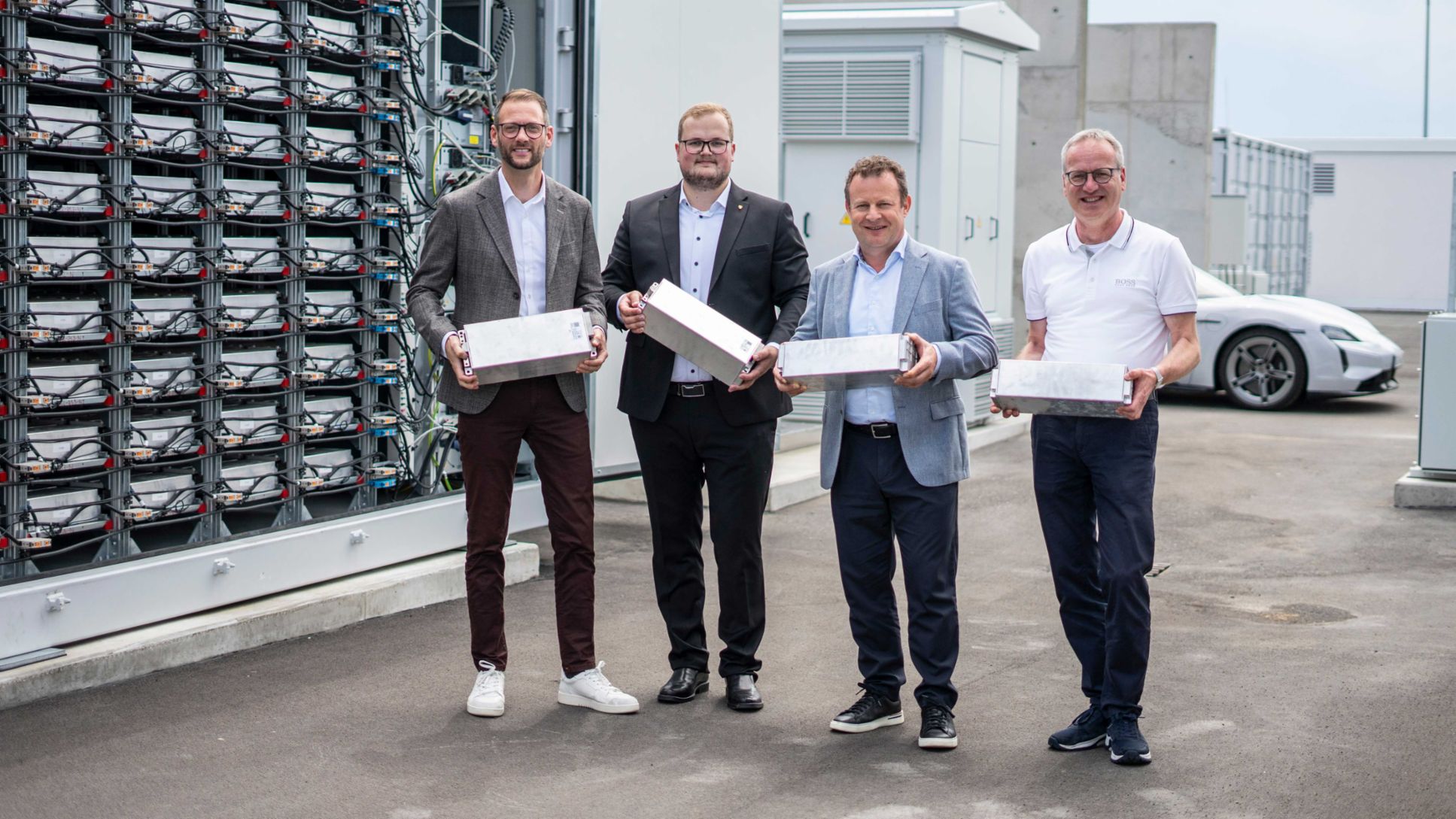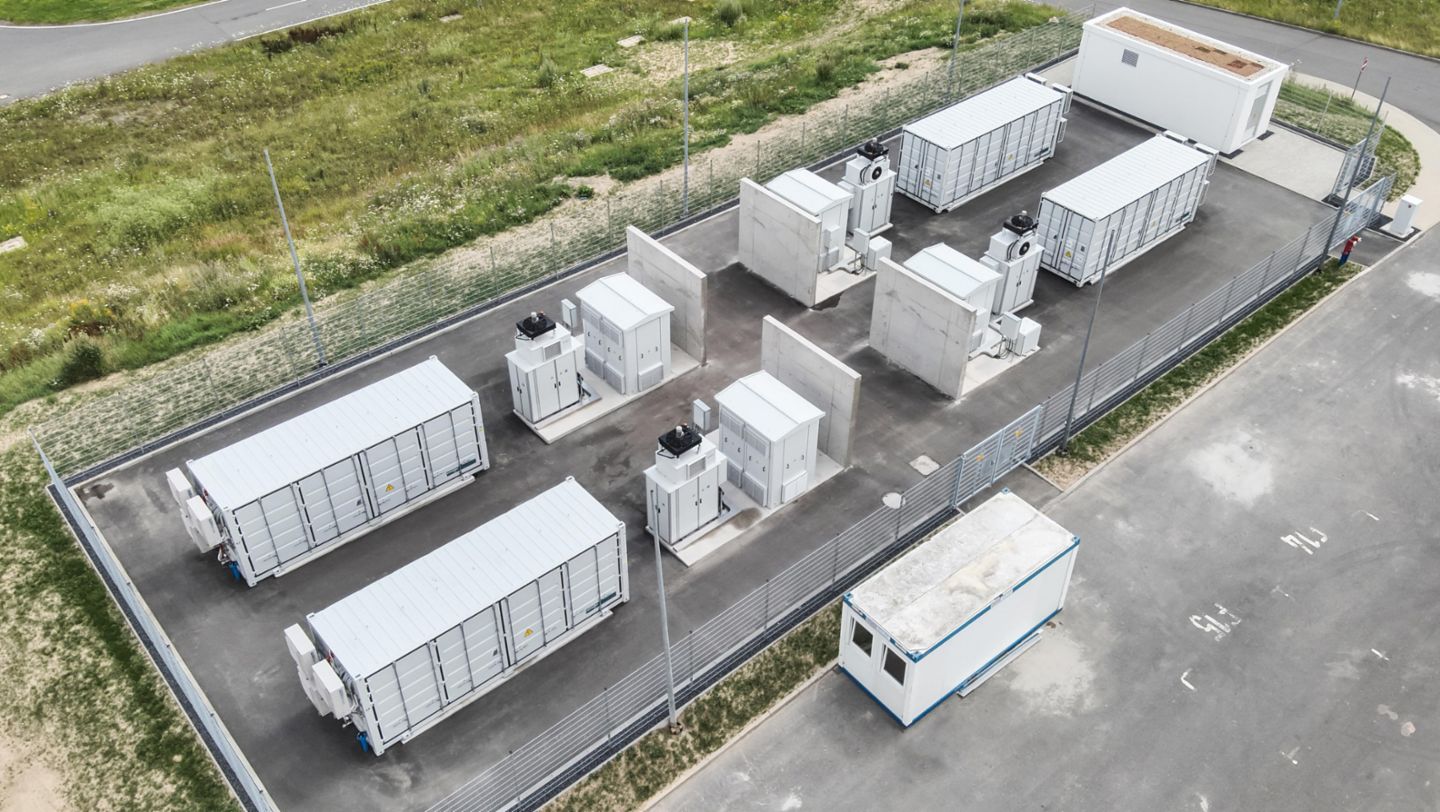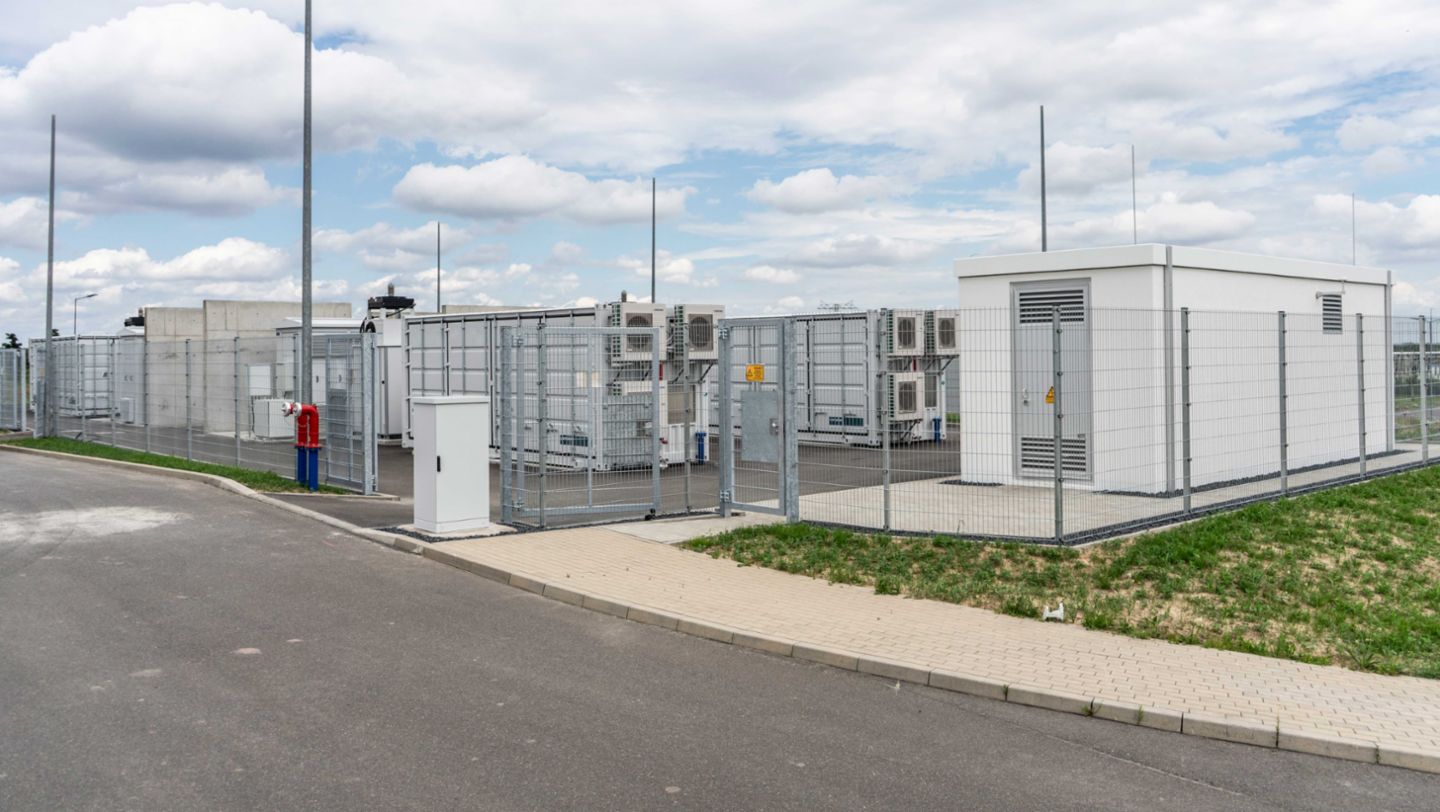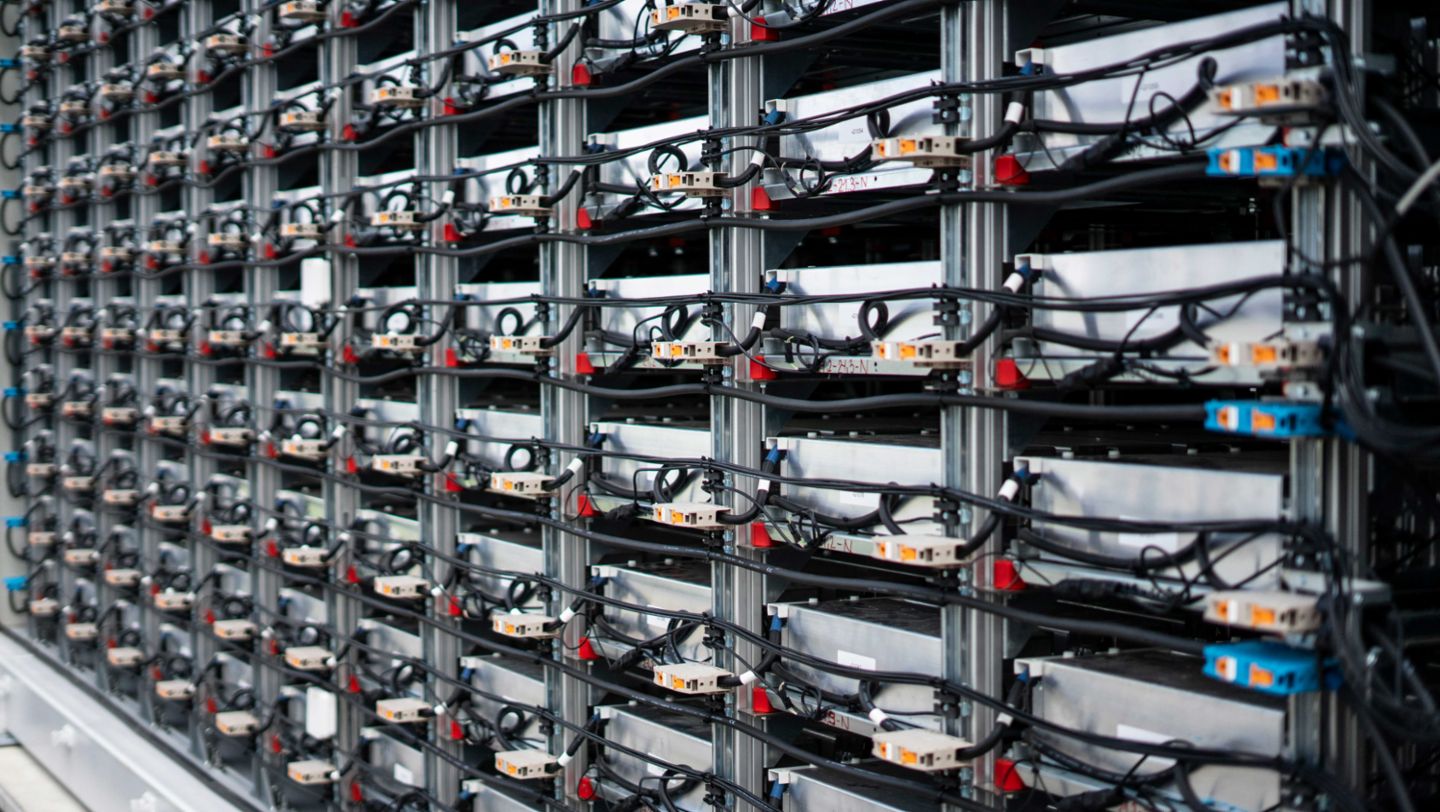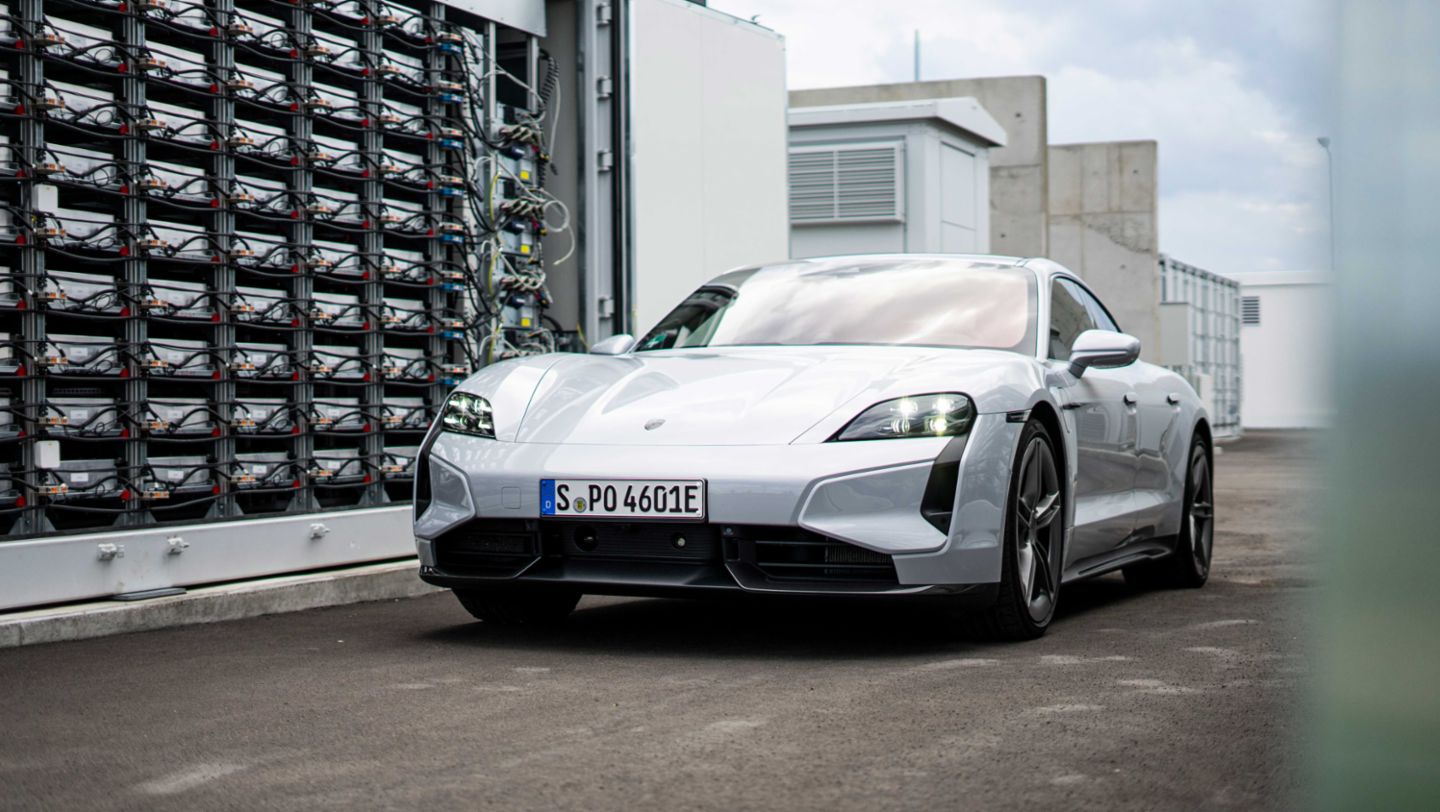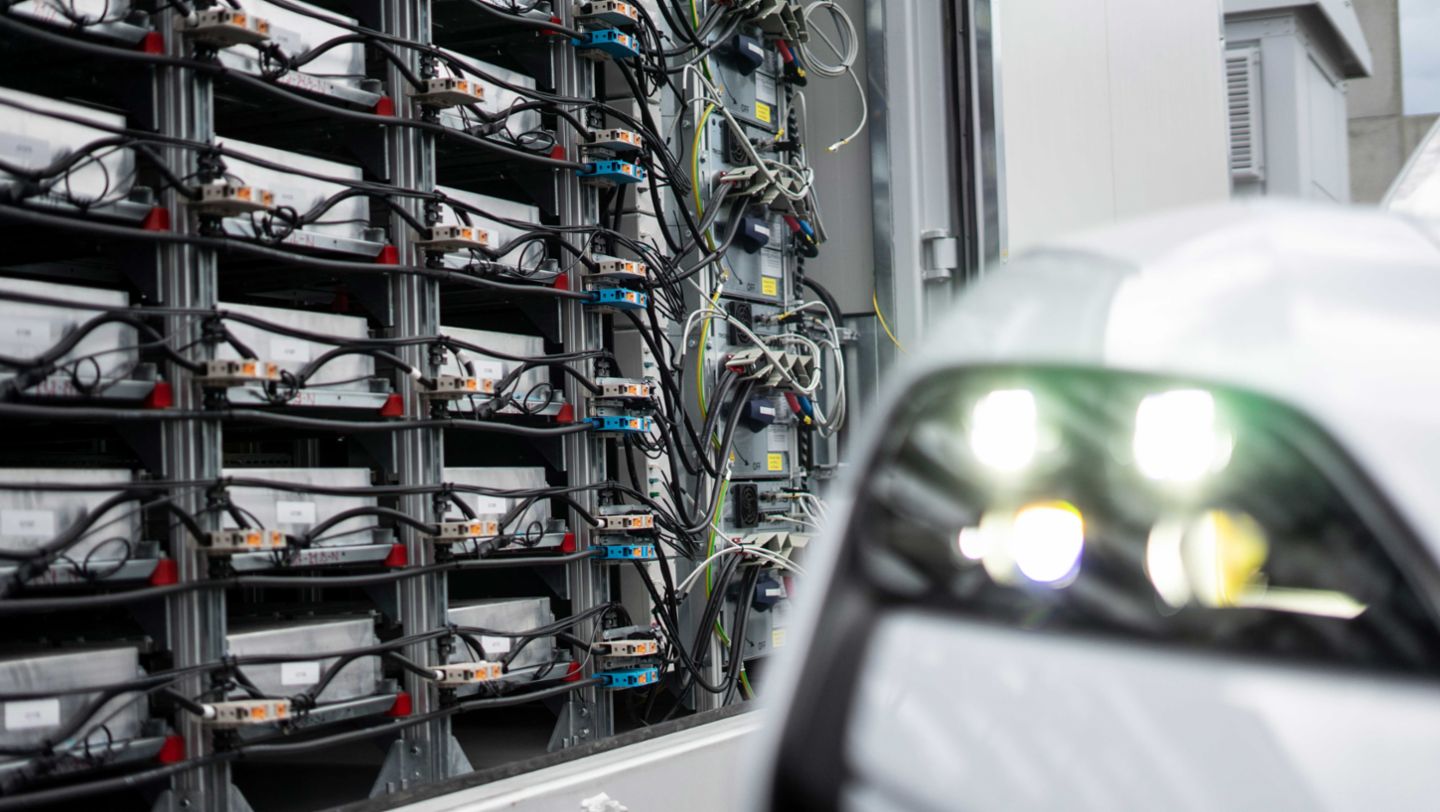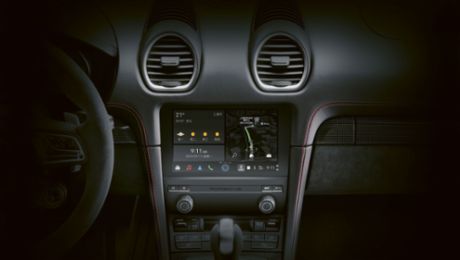With the “Second Life” concept, Porsche is demonstrating how used high-voltage batteries from electric vehicles can be put to good use and conserve resources in a second use phase. The project idea originated in the Environmental and Energy Management unit of the Stuttgart-based sports car manufacturer.
A circular economy, smart energy supply and more
The project provides important insights into how to supply an automotive plant with energy in an intelligent fashion. It also facilitates the expansion of an adaptable power grid. “Of course, this is about environmental aspects and the core issue of the energy supply. But it was also important to us to take a pioneering role with the storage system,” says Alwin Schmid, Head of Electrical Engineering at Porsche, explaining the goals of the project.

Schmid is the initiator of the project, which was based on a feasibility study in collaboration with the University of Applied Sciences Zwickau. “In this unprecedented model project, we were able to combine a number of different goals, including peak load capping, optimisation of self-consumption and simultaneous participation in the energy market.” This versatility in terms of usage makes the Porsche pilot project unique in the field of industrial energy storage.
From the project idea to implementation
“The project exemplifies how we can use resources sustainably and combine this commitment with business efficiency,” says Albrecht Reimold, Member of the Executive Board for Production and Logistics at Porsche AG.
“We wanted to create electricity storage capacities for the Leipzig plant in order to make the site even more economical and to increase its degree of self-sufficiency. So it was only logical to use batteries from Taycan preseries vehicles instead of recycling them,” explains Jonathan Dietrich, overall project manager for battery storage. “We hope to gain insights from the project in order to be able to equip other Porsche locations with similar systems and capabilities in the future. At the same time, we can utilise batteries from test cars that are no longer suitable for demanding use in the vehicle for a second useful deployment before their final recycling.”
“Power cubes” – the technical structure
The technical specs of the stationary battery storage system are impressive: The total capacity is 5 megawatts with an energy content of 10 megawatt-hours. The storage system can be operated at up to 20 per cent overload for short periods. It is made up of 4,400 individual battery modules, divided into four battery containers.
The battery modules used in the gruelling everyday work of test vehicles were installed in the energy storage system without any technical changes. The four battery strings are each connected to an inverter and a transformer in a medium-voltage system. The entire system, including the battery blocks, is designed for a useful life of more than ten years; individual battery modules can be replaced individually if necessary.
Power storage for the plant and part of the energy transition
The electricity for the storage system is partly generated by the plant’s own solar systems with a peak output of 9.4 megawatts. When peak loads occur, the storage system helps to reduce them. This “peak shaving” is becoming increasingly important in this era of higher electricity requirements due to electromobility, heat pumps and other electrical consumers, as capped load peaks not only reduce grid charges but ideally can also reduce the need for expanded upstream grids.
Rapidly controllable energy storage systems such as the system at the Leipzig plant also play an important role in the energy market. The stationary battery storage system will be integrated into the balancing energy market in every marketable form by the end of the year – including, in addition to peak shaving, as a grid stabiliser for the upstream distribution grids.
Porsche production – carbon-neutral and using renewable energy
Porsche production at its sites in Zuffenhausen, Leipzig and Weissach has been carbon-neutral since 2021. Since 2017, Porsche has been using only electricity from renewable energy sources. The production sites in Stuttgart-Zuffenhausen and Leipzig, for example, receive their energy from green electricity and biomethane. The Leipzig site also obtains district heating from biomass.
